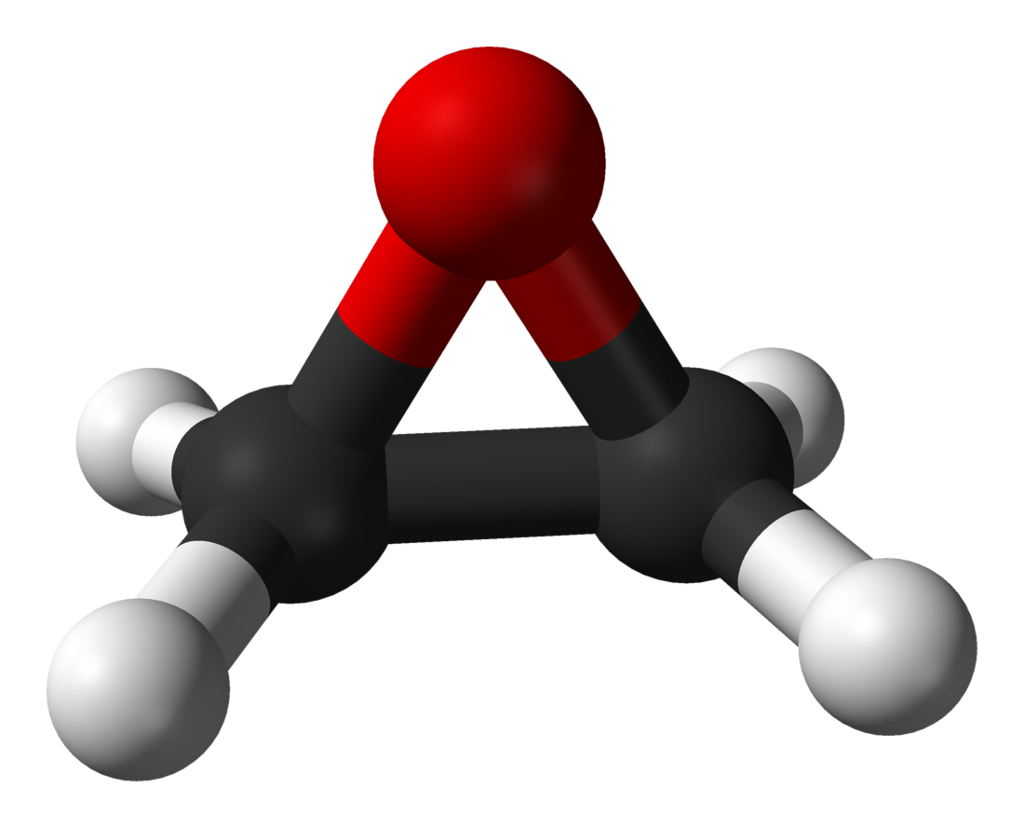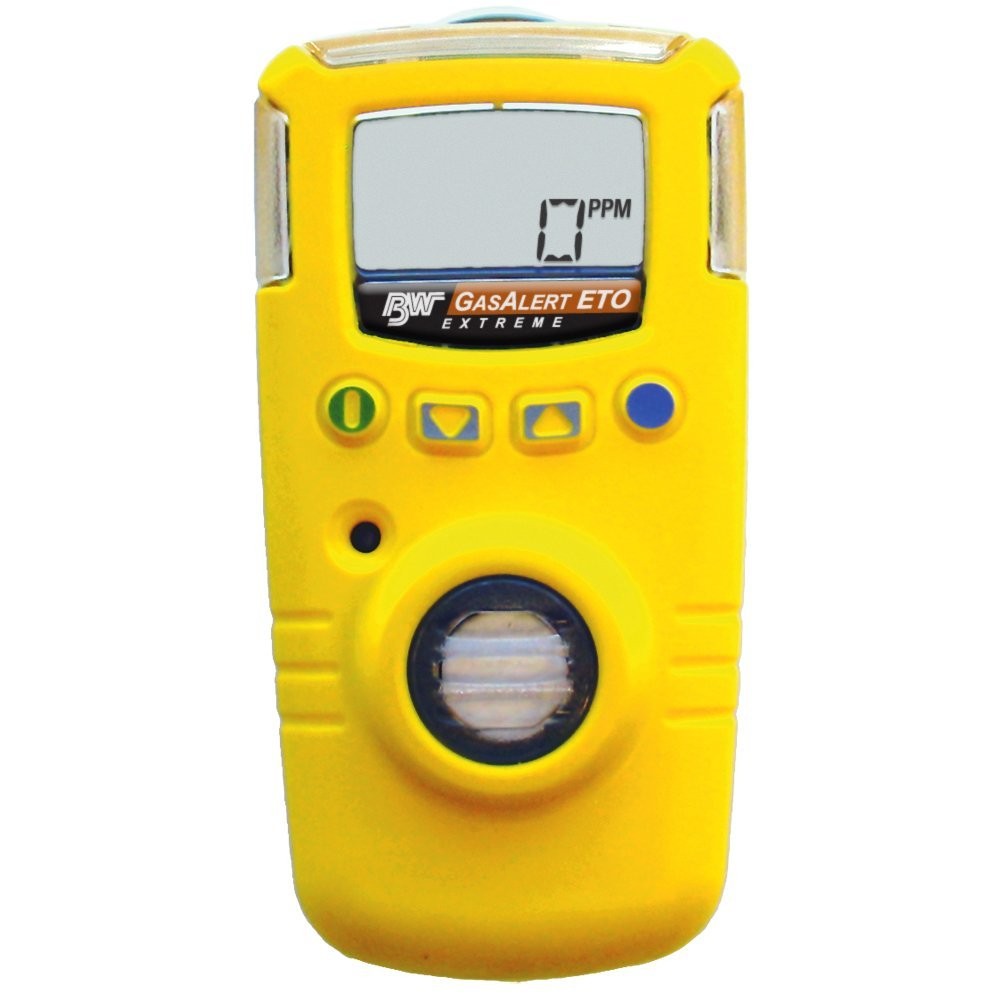Ethylene oxide (EtO) is a colorless, flammable gas with a sweet odor. It is a highly toxic substance that is used in a variety of industrial and medical applications. Despite its toxicity, EtO is an important chemical with a wide range of uses.
Industrial Uses of Ethylene Oxide
EtO is a versatile chemical that is used in a variety of industrial processes, including:
- Sterilization: EtO is a powerful sterilizing agent that is used to sterilize medical equipment, pharmaceutical products, and other items that cannot be sterilized by other methods.
- Fumigation: EtO is used to fumigate grains, spices, and other agricultural products to kill pests and insects.
- Production of other chemicals: EtO is used as a starting material in the production of a variety of other chemicals, including ethylene glycol, antifreeze, and polyester.
Medical Uses of Ethylene Oxide
EtO is also used in several medical applications, including:
- Cancer treatment: EtO is used to treat some types of cancer, such as leukemia and lymphoma.
- Surgery: EtO is used to sterilize surgical instruments and other medical equipment.
- Dialysis: EtO is used to sterilize water and other fluids used in dialysis treatment.
Health Risks of Ethylene Oxide Exposure
EtO is a highly toxic substance that can cause a variety of health problems if inhaled, ingested, or absorbed through the skin. Exposure to EtO can cause:
- Irritation of the eyes, skin, and respiratory tract
- Headaches and dizziness
- Nausea and vomiting
- Damage to the nervous system
- Cancer
Chronic exposure to EtO has been linked to an increased risk of leukemia, lymphoma, and other types of cancer.
Regulations for Ethylene Oxide Exposure
There are a number of regulations in place to protect workers and the public from exposure to EtO. The Occupational Safety and Health Administration (OSHA) has set a permissible exposure limit (PEL) for EtO in the workplace of 1 ppm as an 8-hour time-weighted average (TWA). The Environmental Protection Agency (EPA) has set a maximum contaminant level (MCL) for EtO in drinking water of 0.0005 mg/L.
Measuring Ethylene Oxide Levels
The concentration of EtO in air can be measured in units of parts per million (ppm). There are a number of portable and fixed EtO monitors available that can be used to measure EtO levels in the workplace and in the environment.
All of those units can be found here: https://www.gas-sensing.com/information/ethylene_oxide
Conclusion
Ethylene oxide is a highly toxic substance that can cause serious health problems if exposure occurs. However, EtO is an important chemical with a wide range of industrial and medical applications. It is important to handle EtO with care and to follow all safety procedures to minimize exposure risks.


